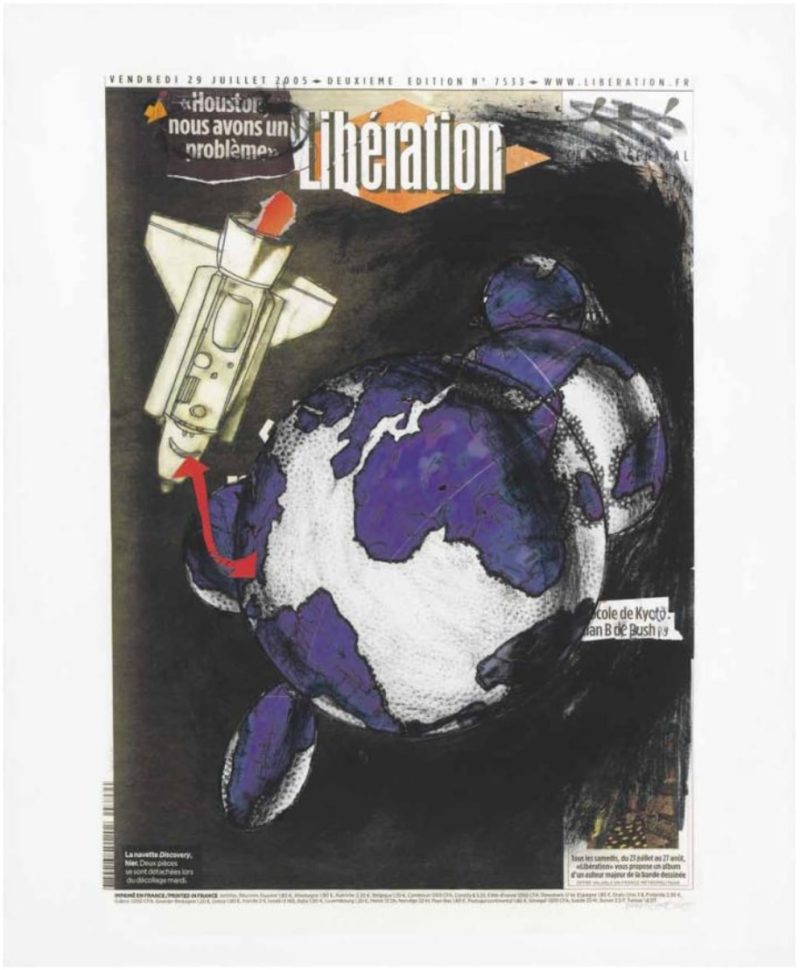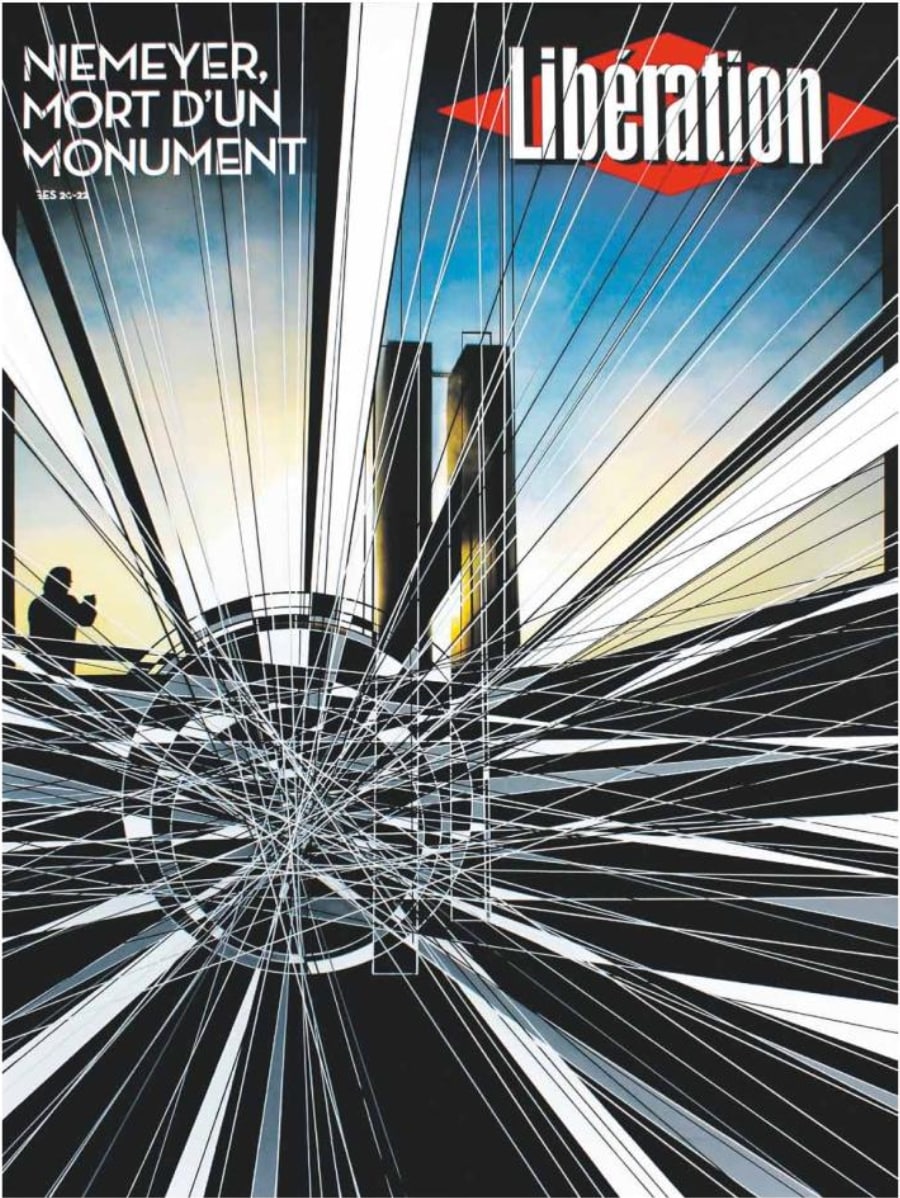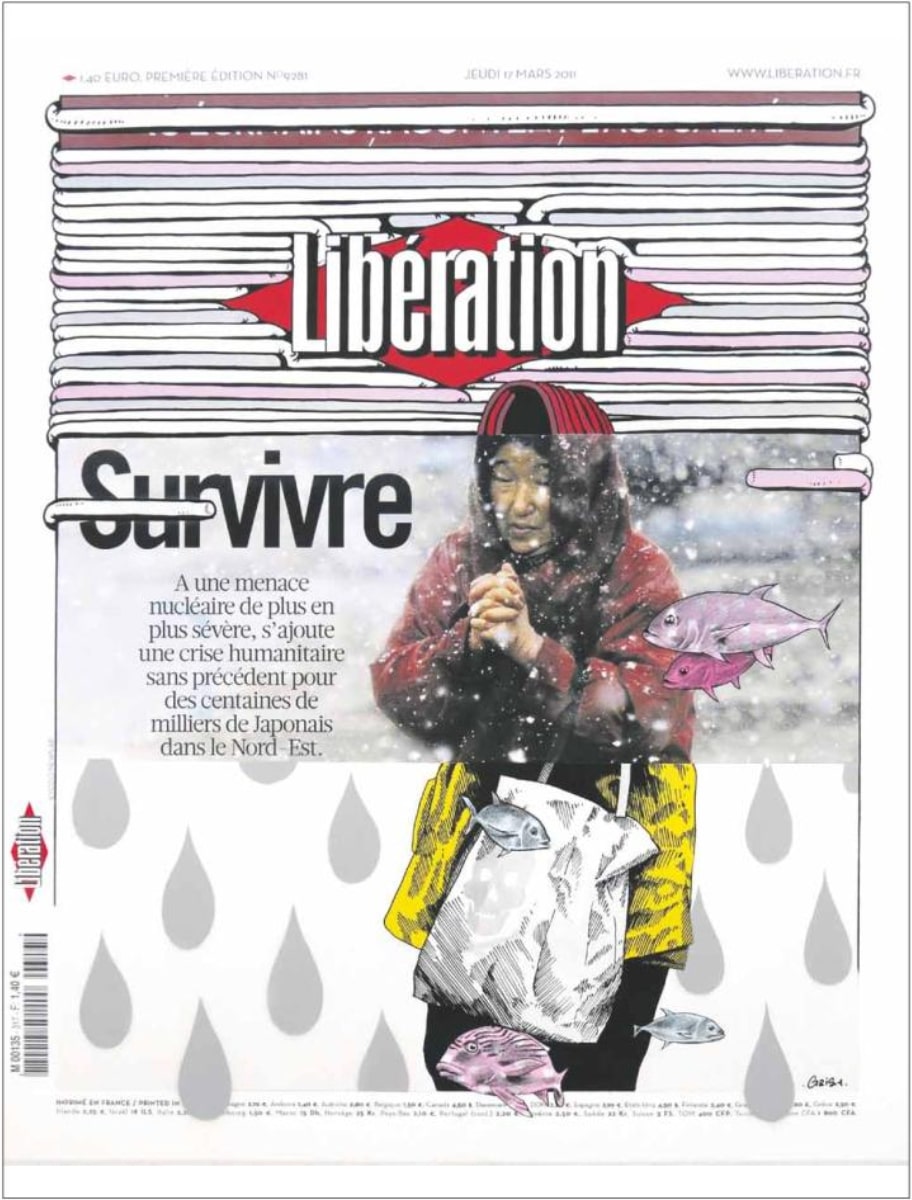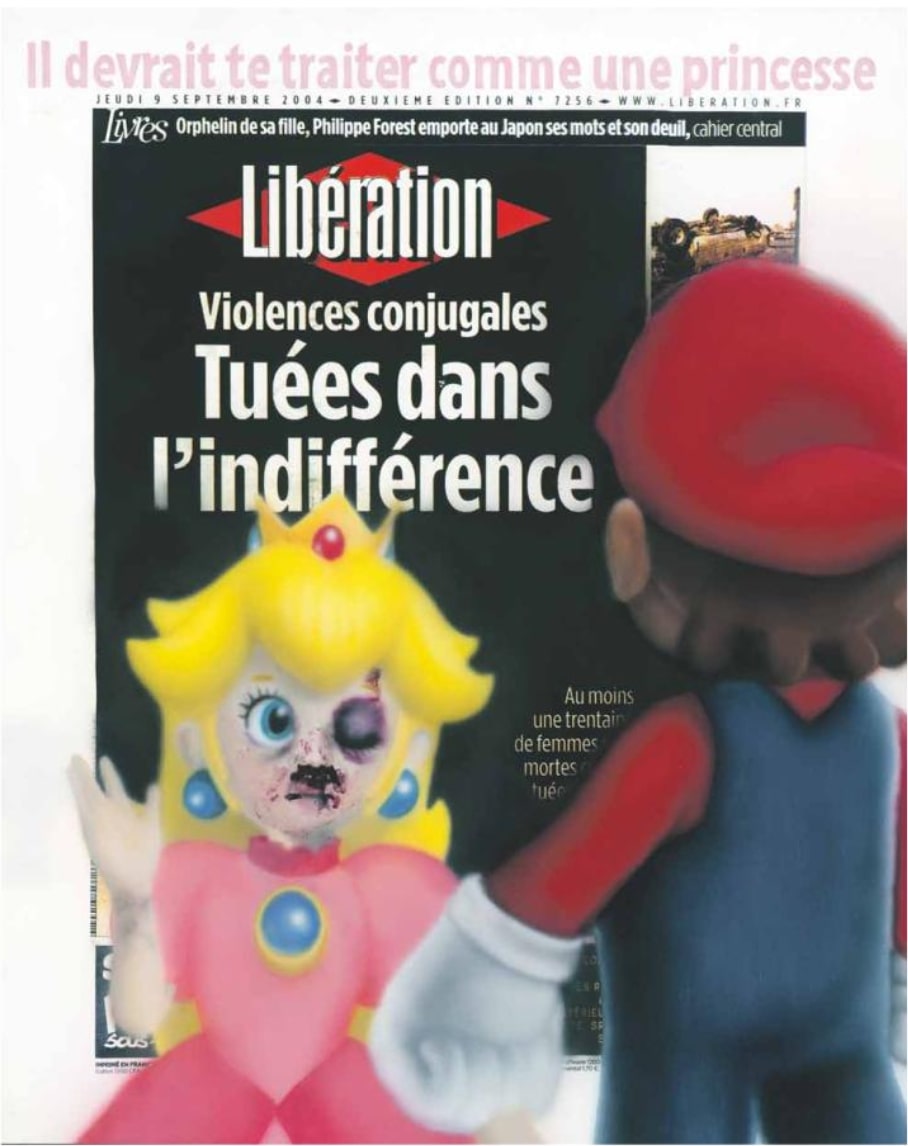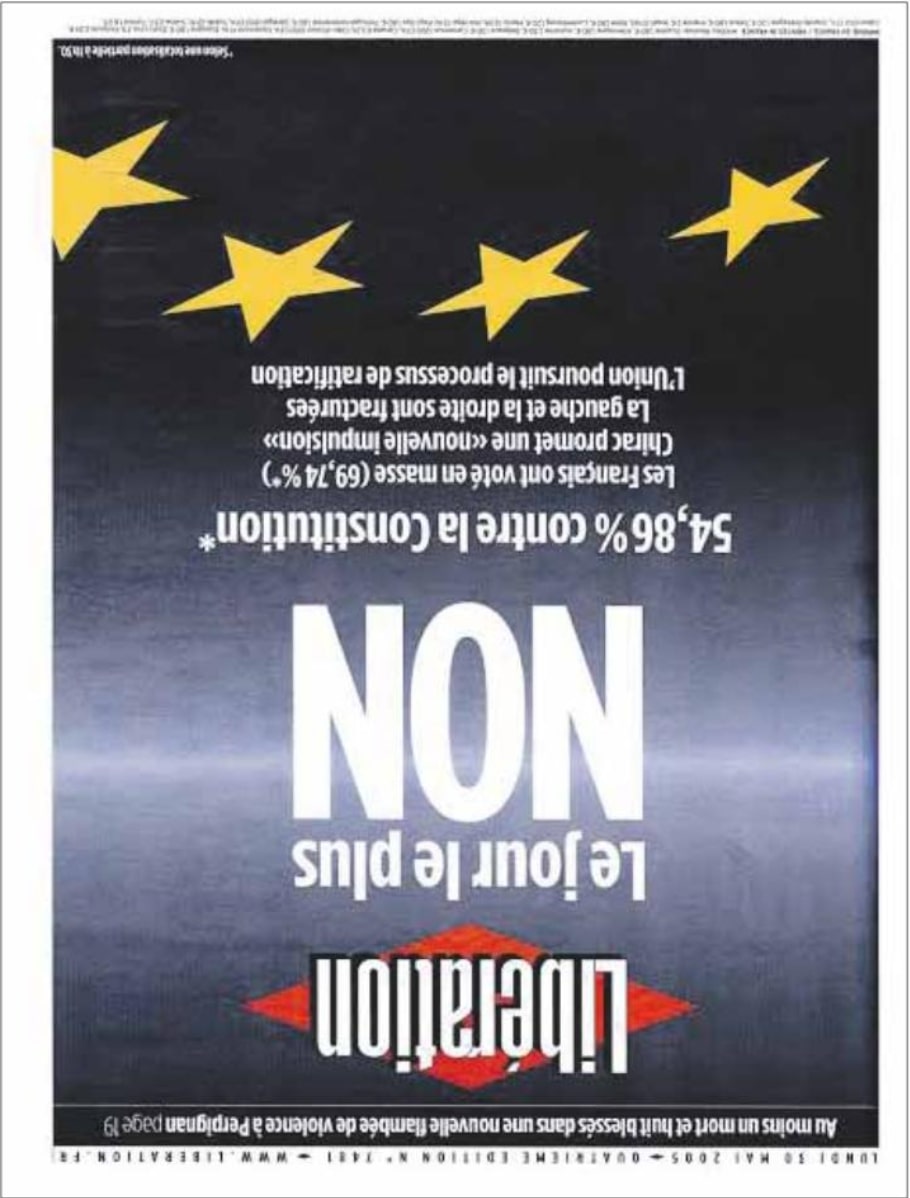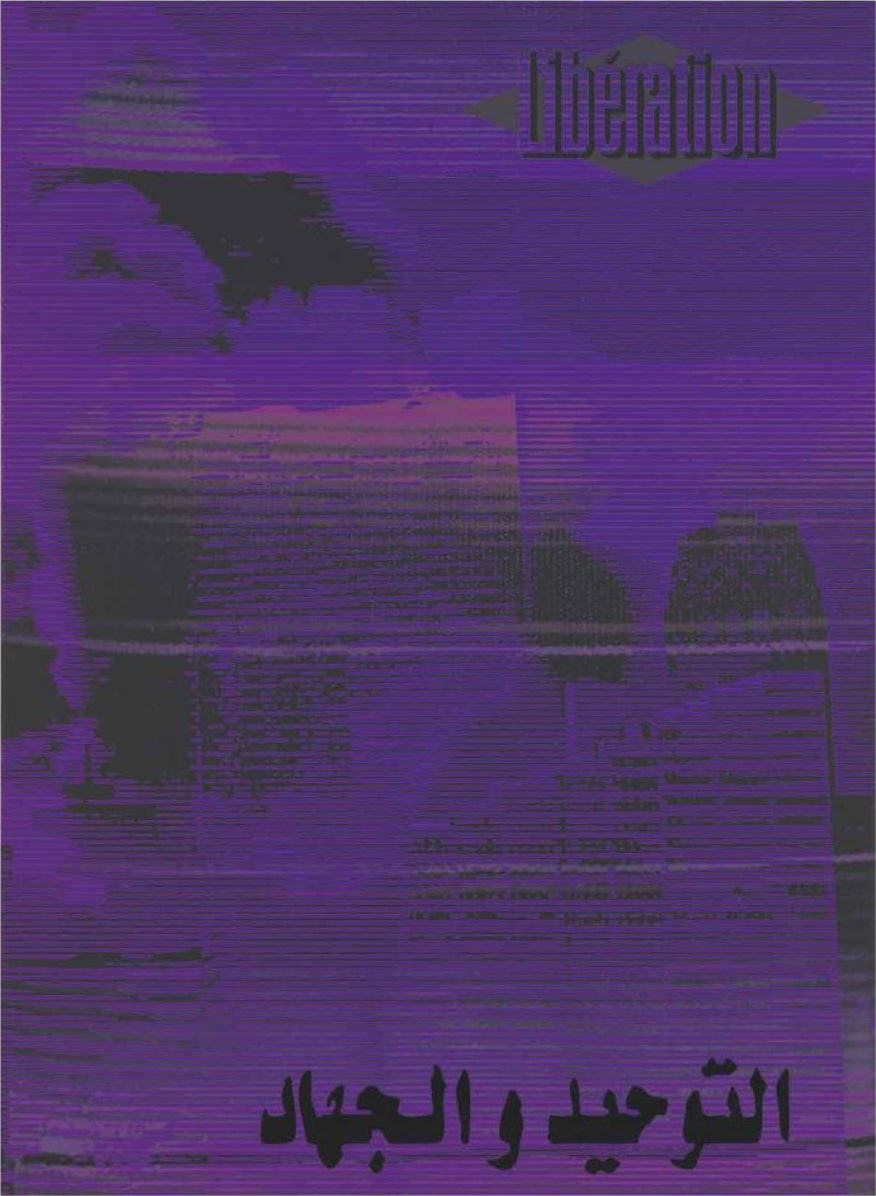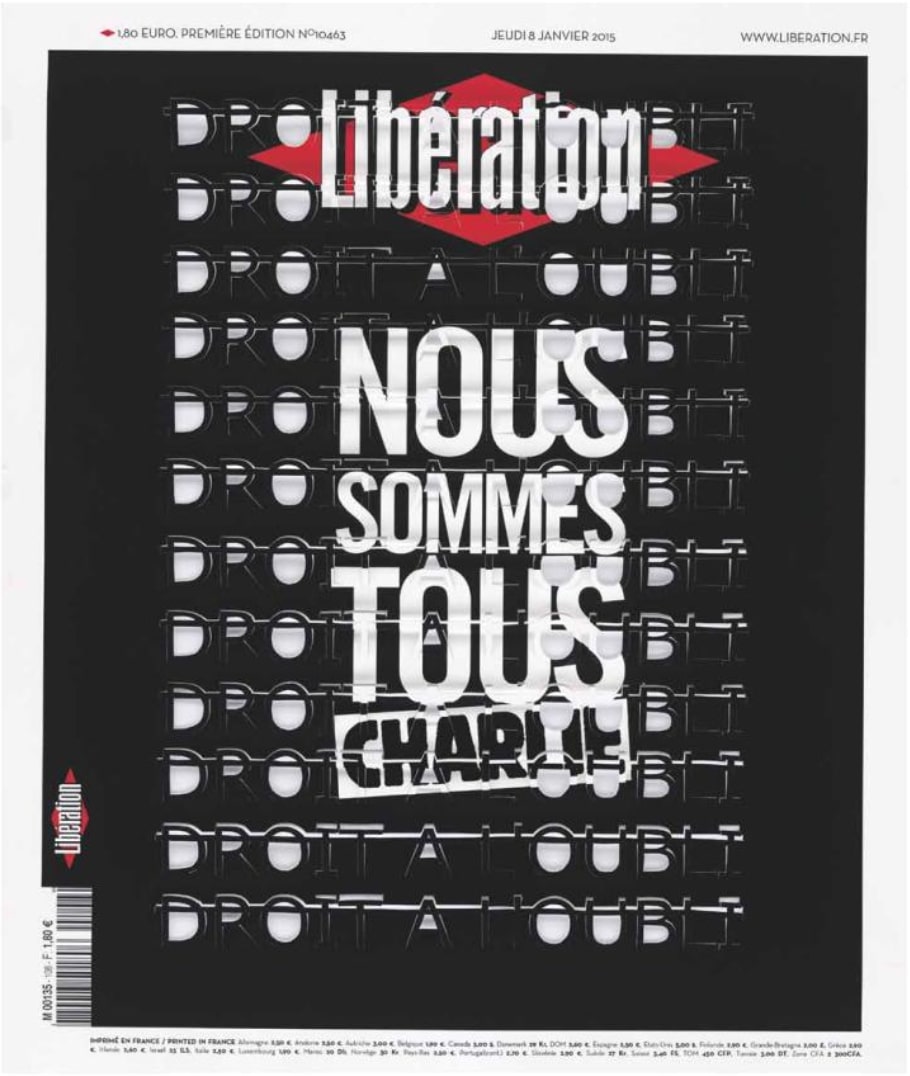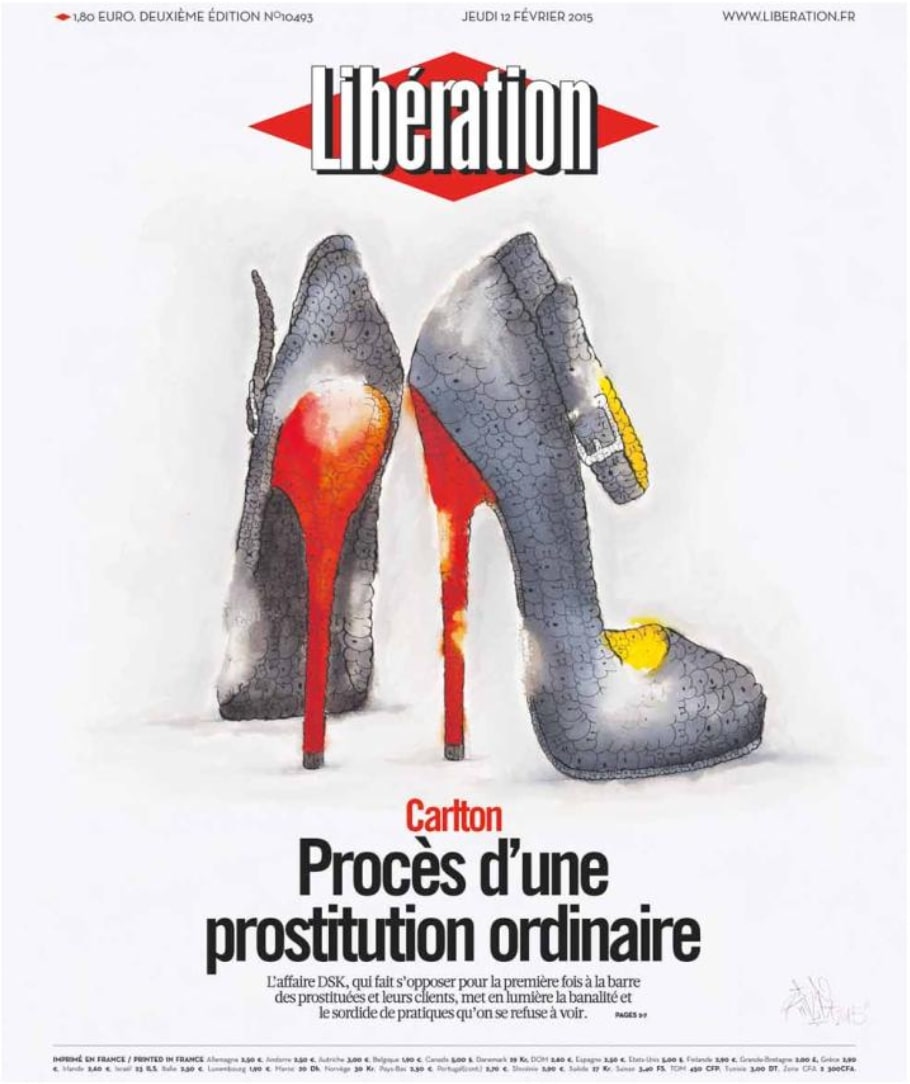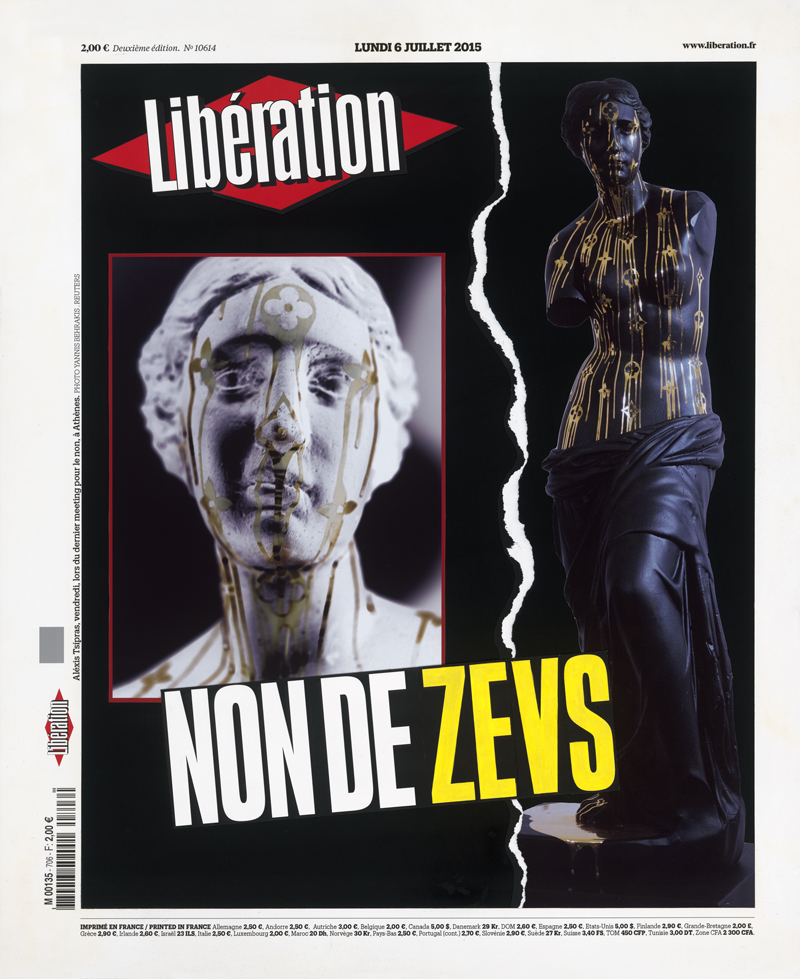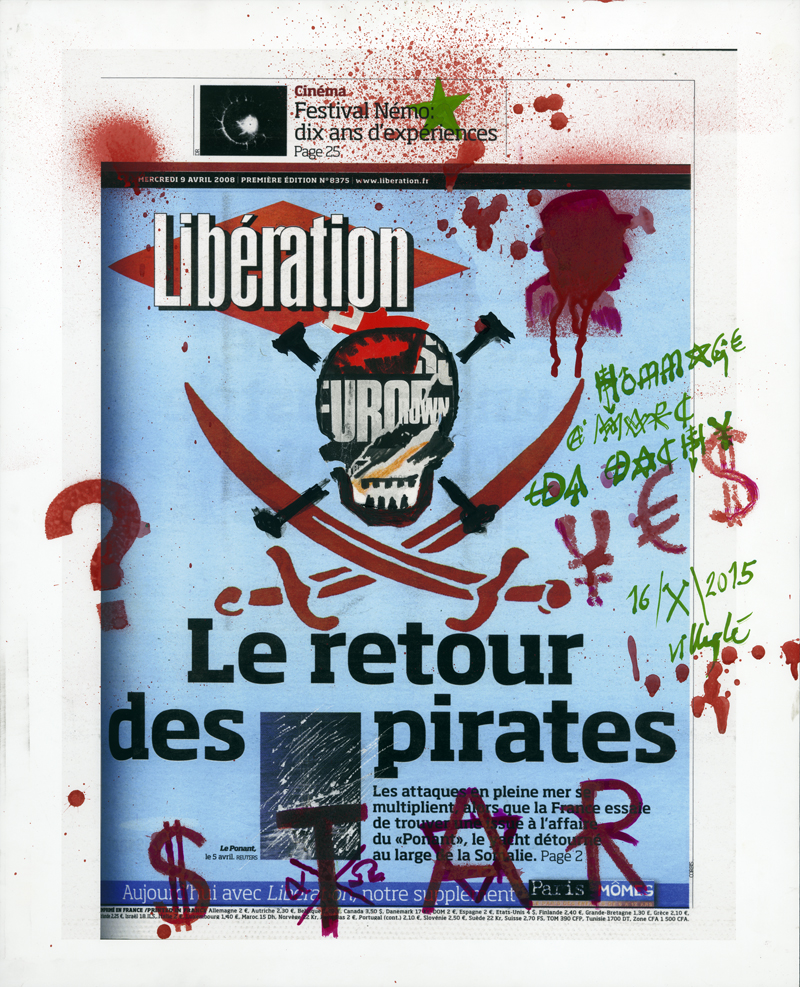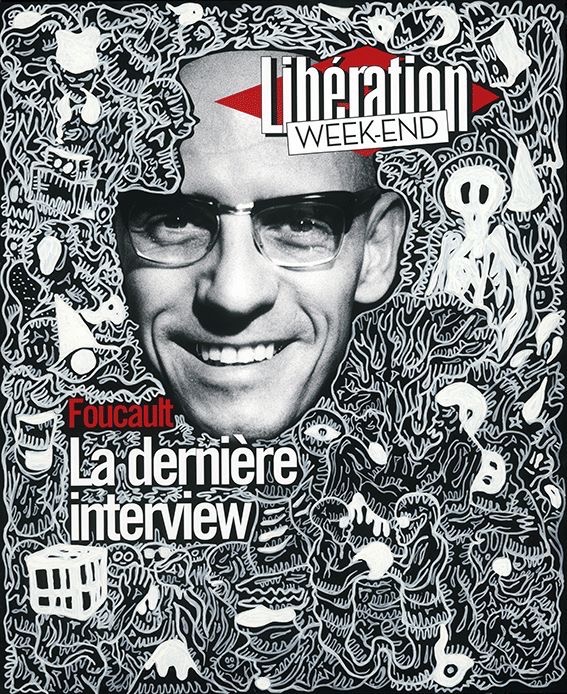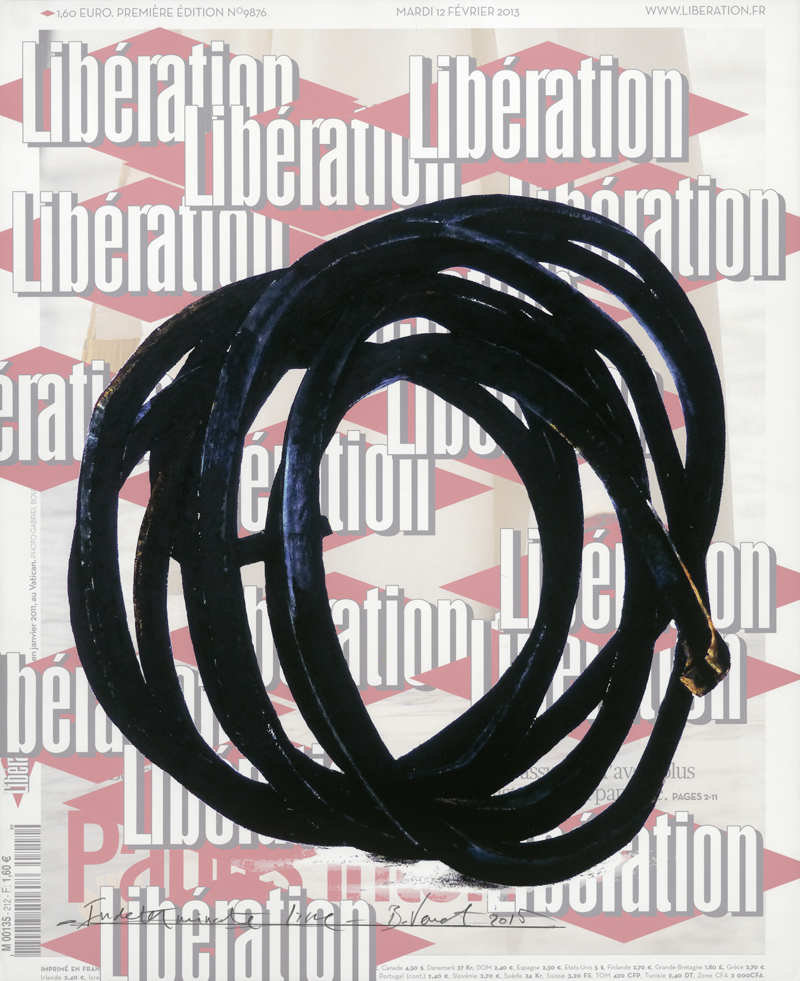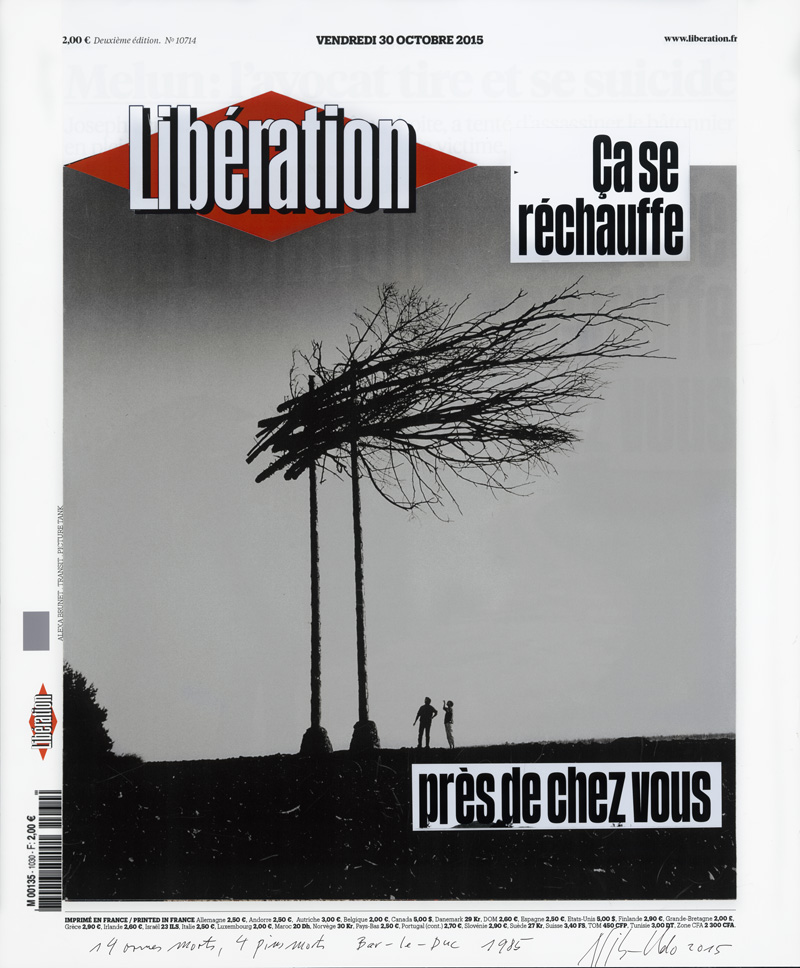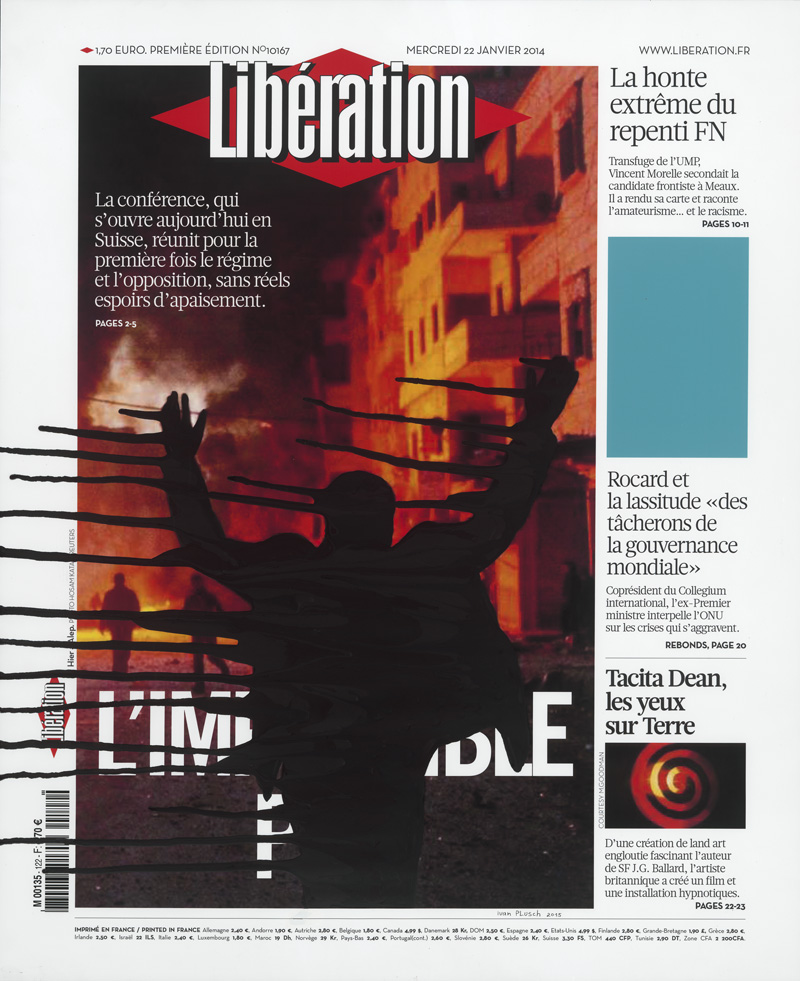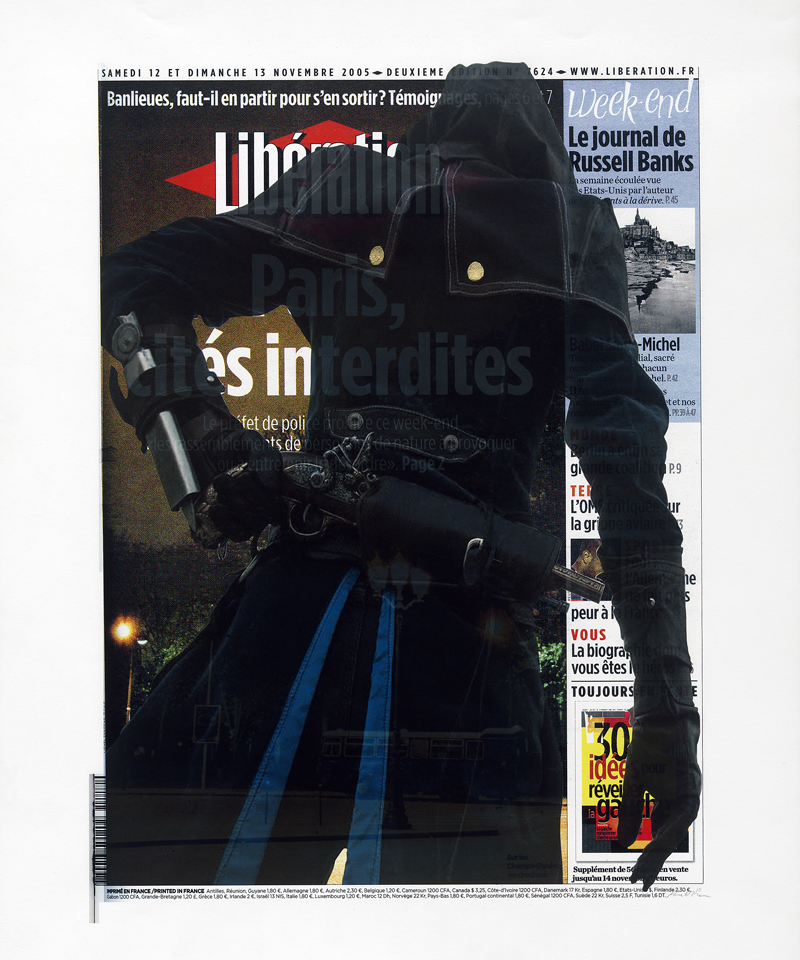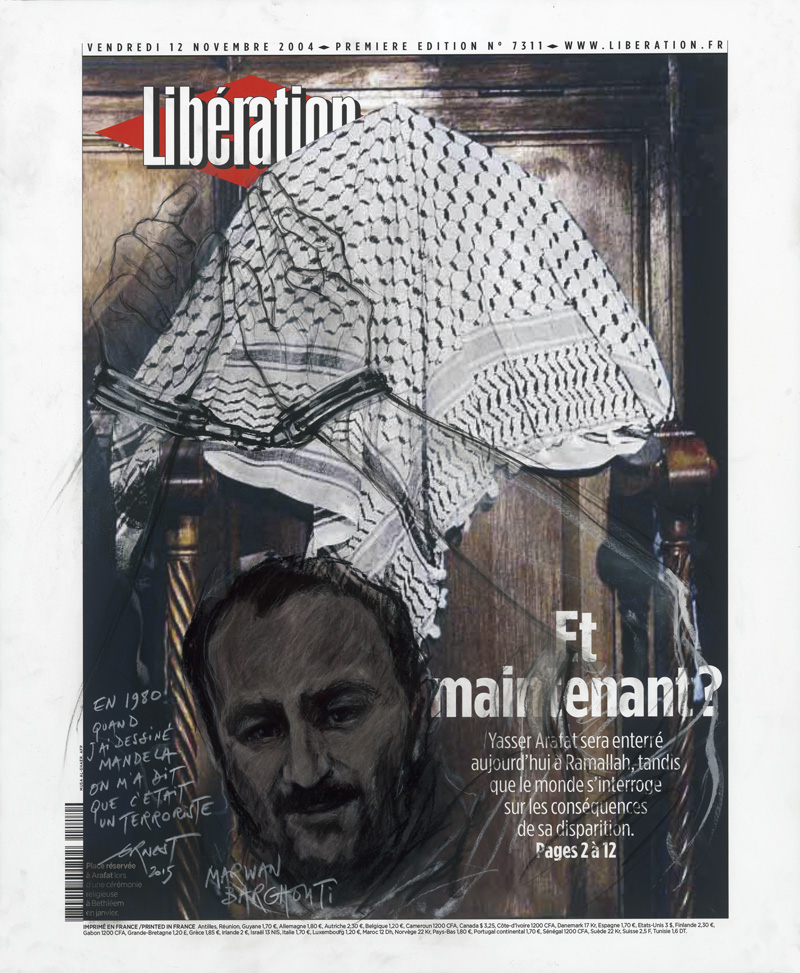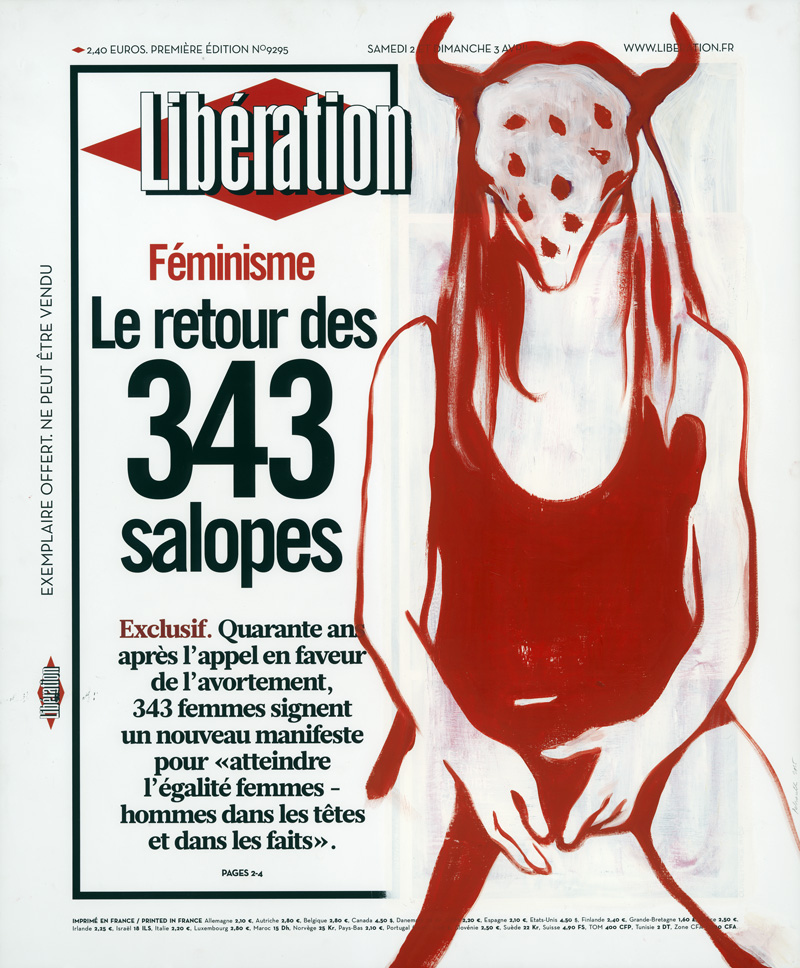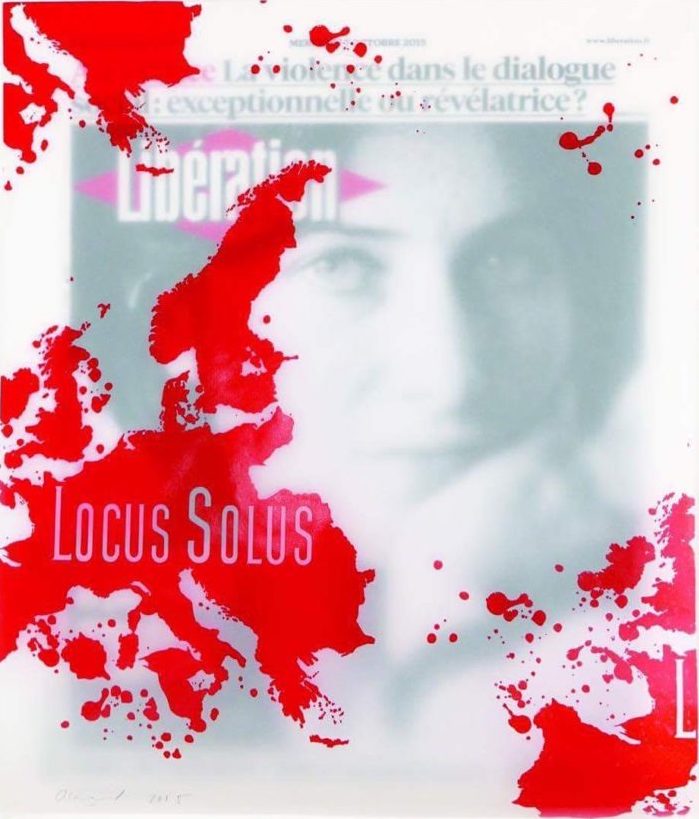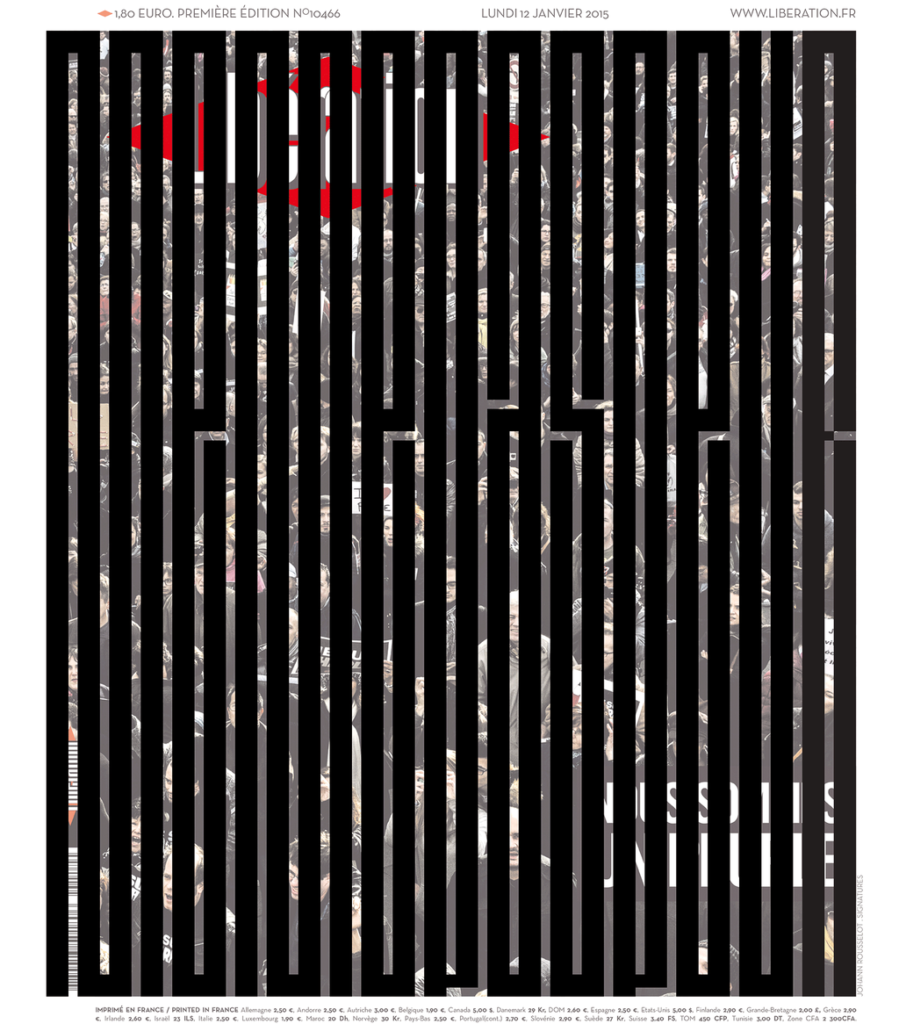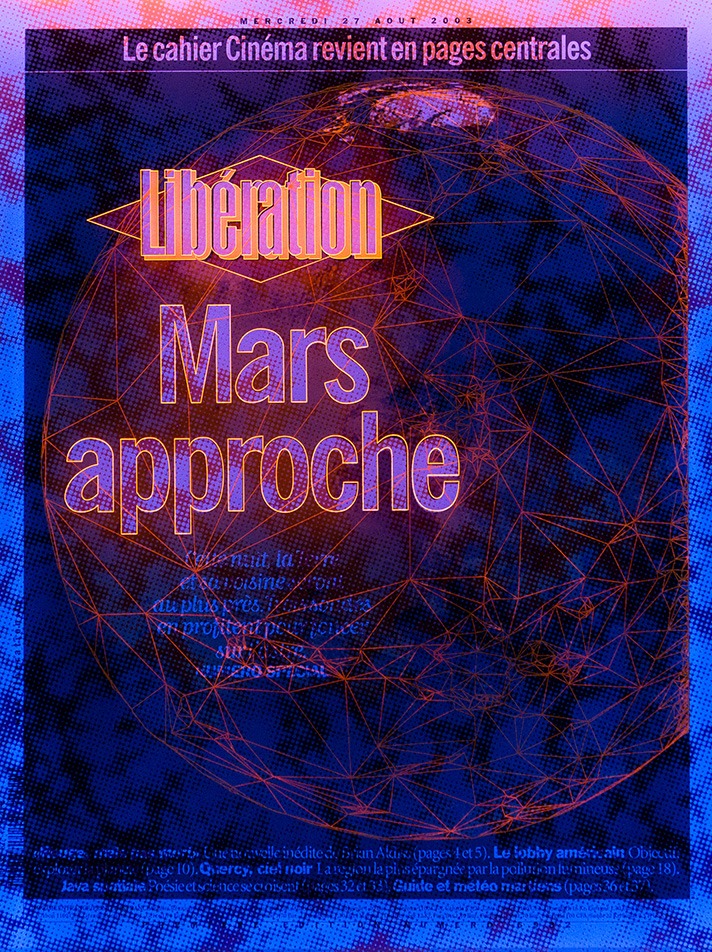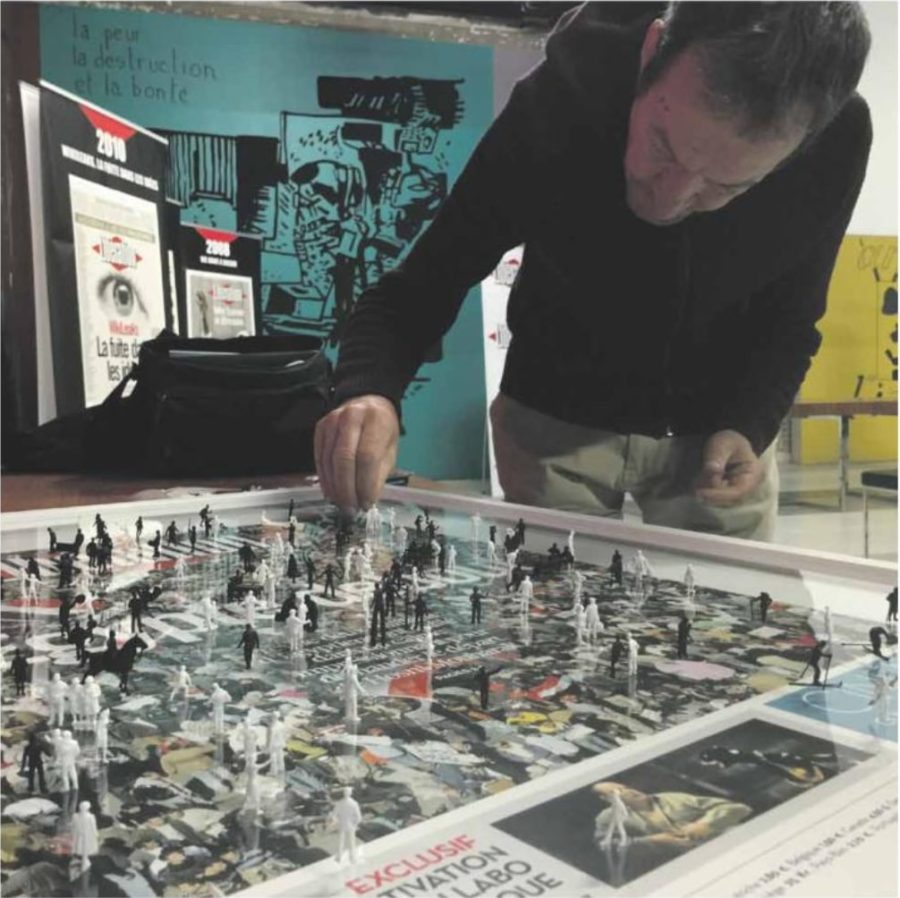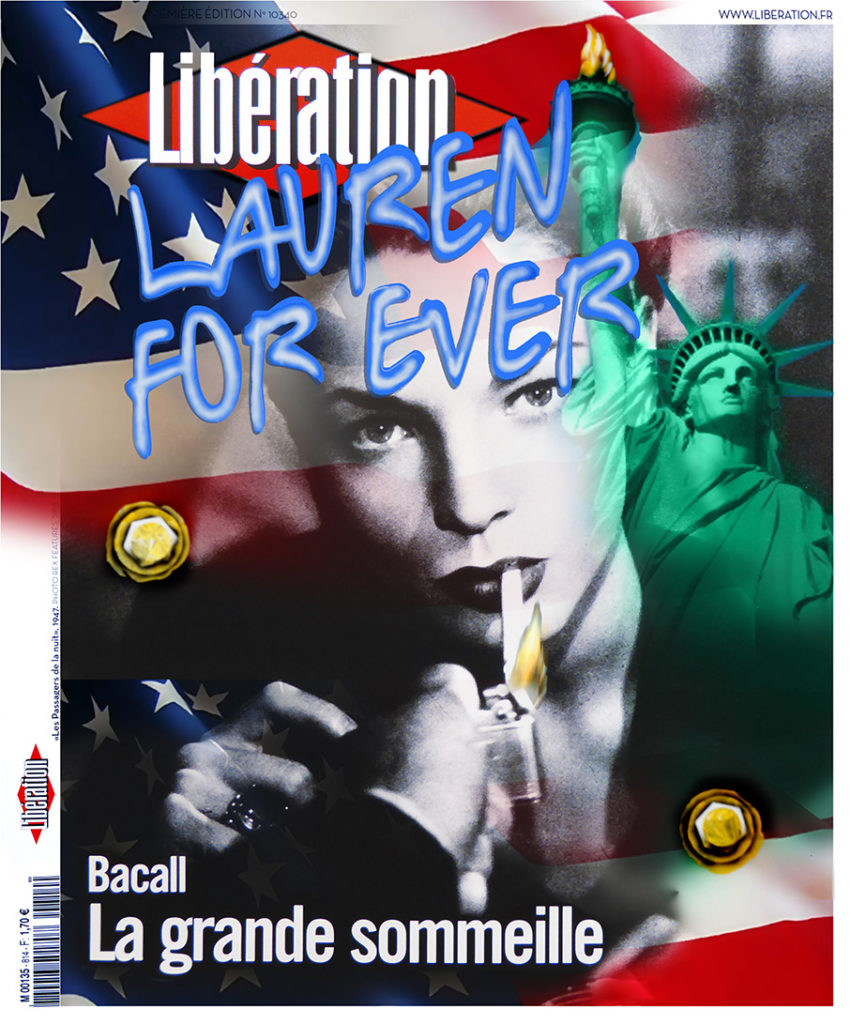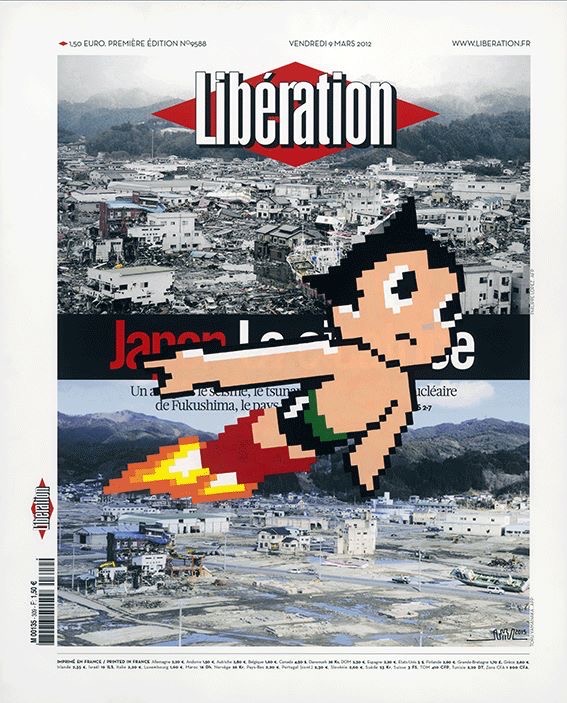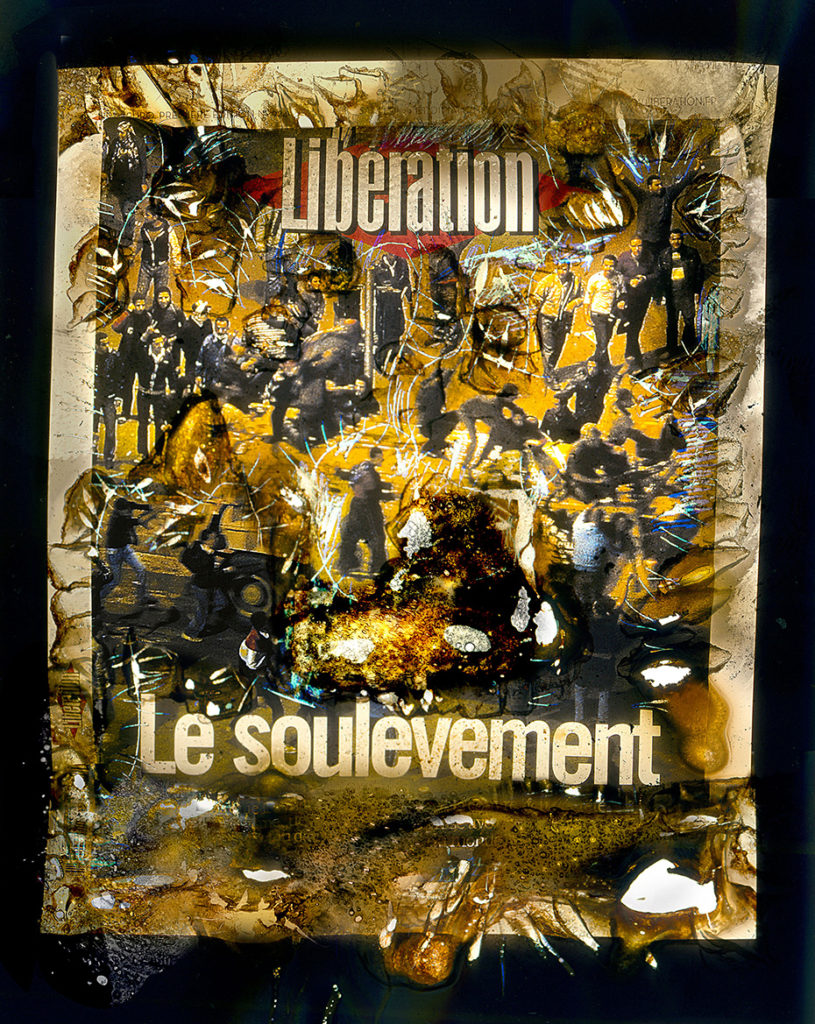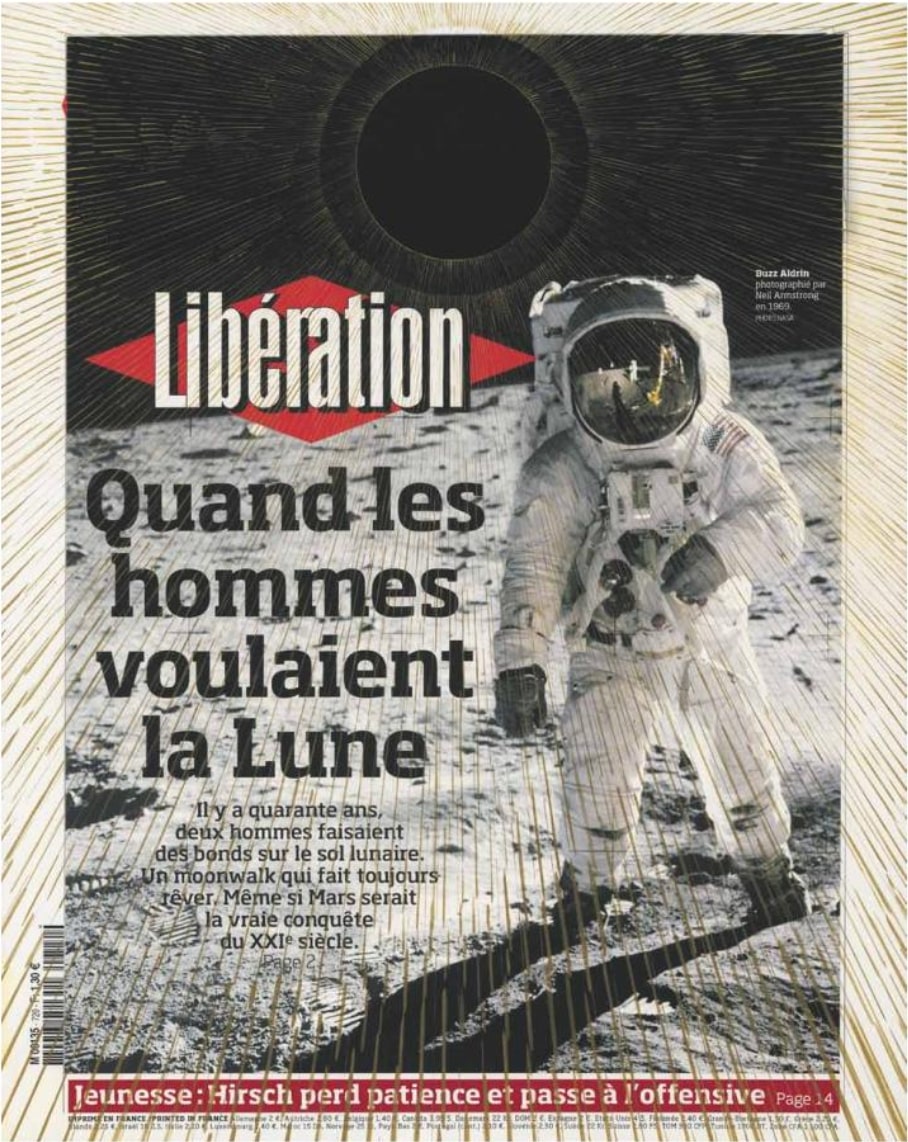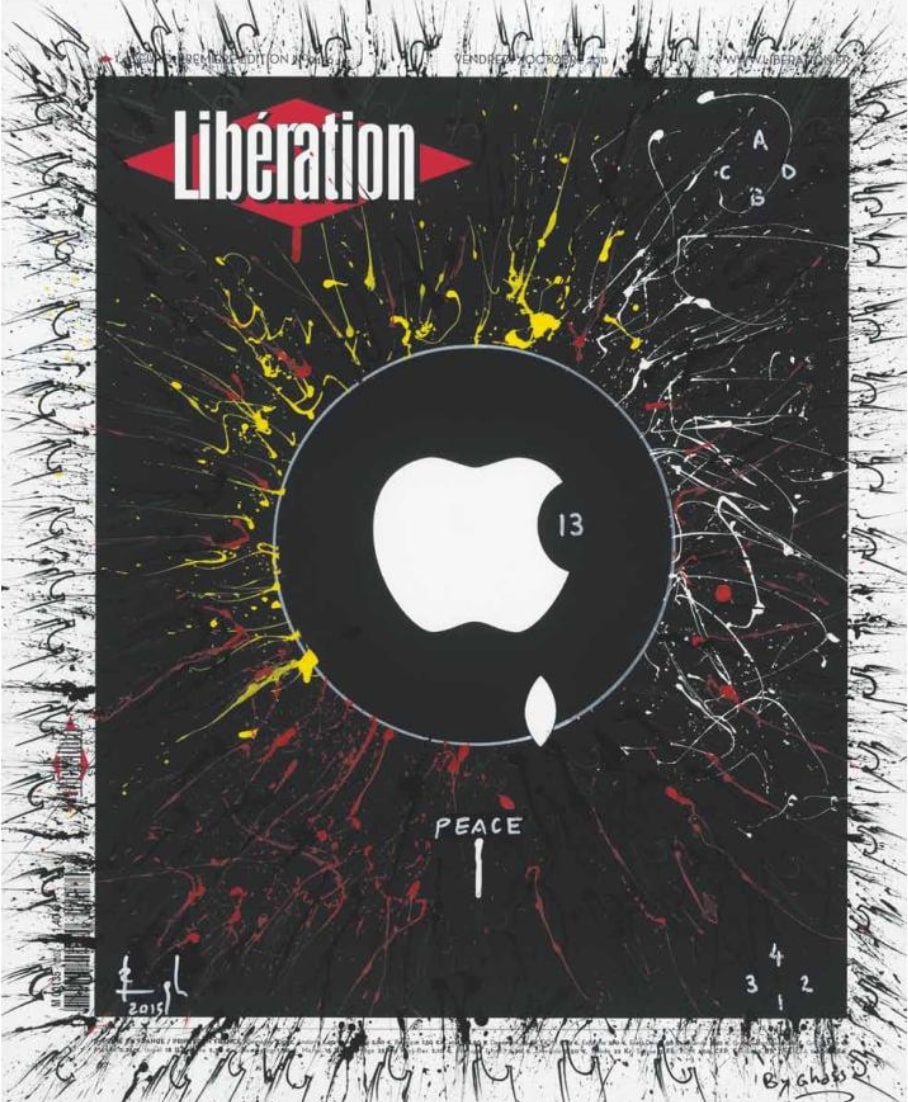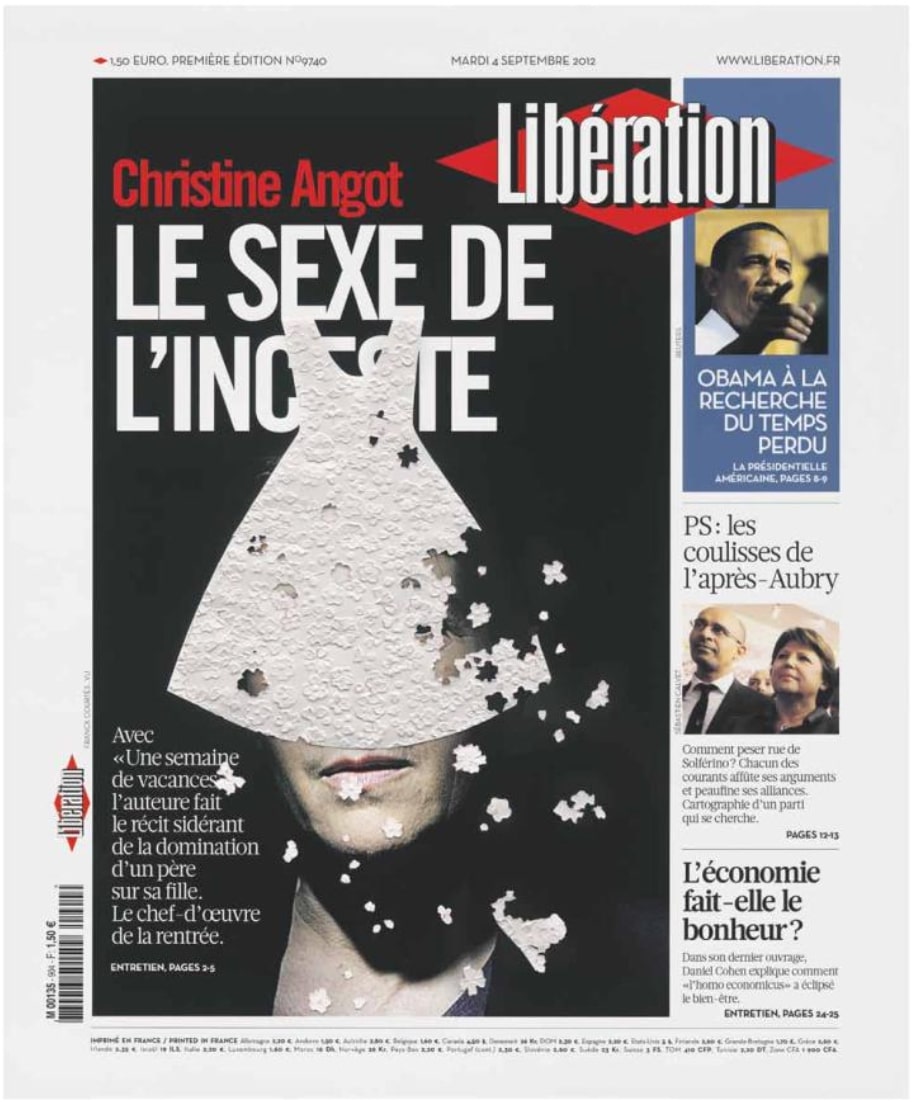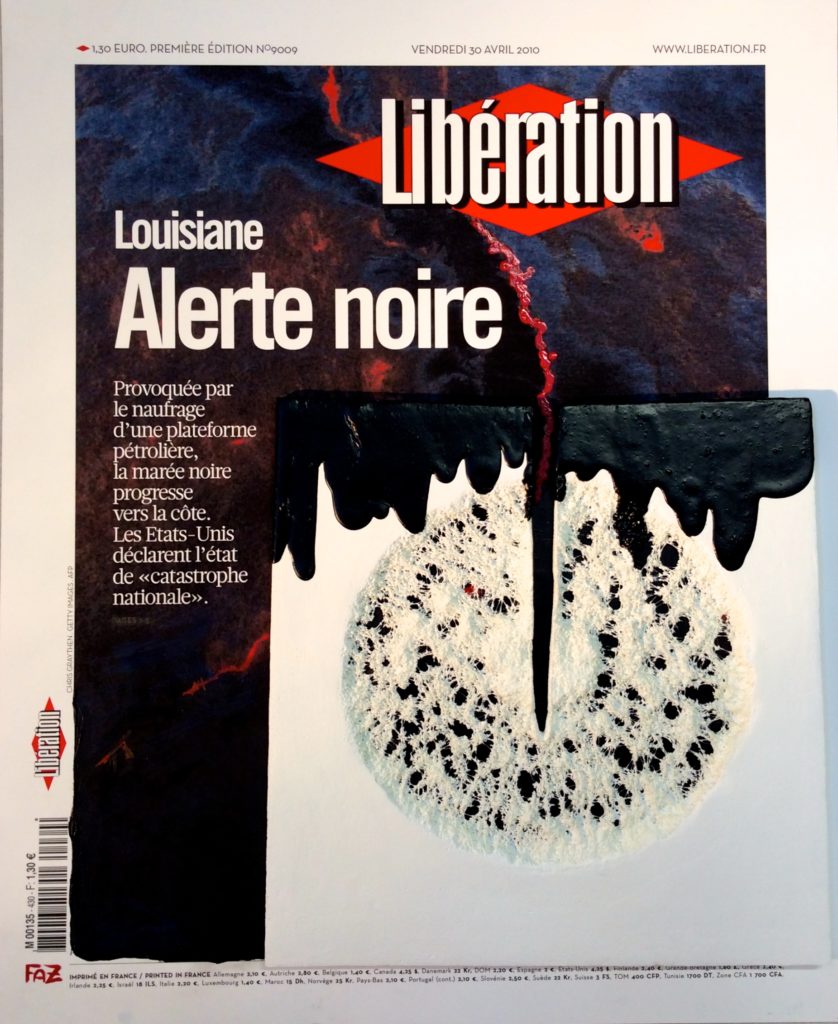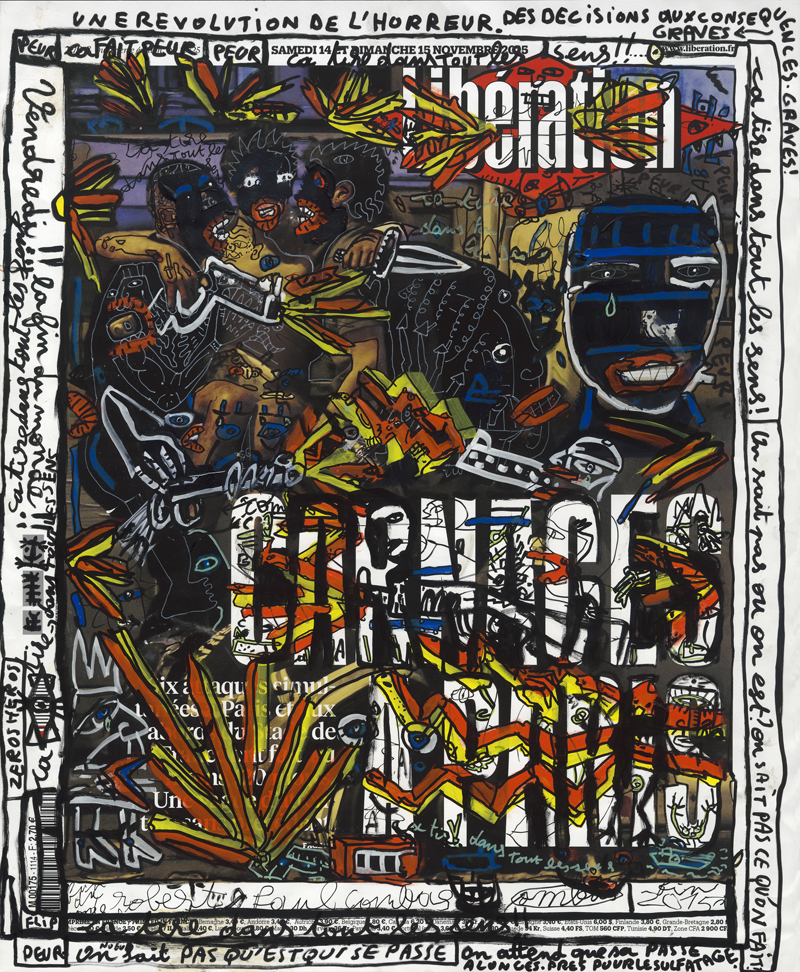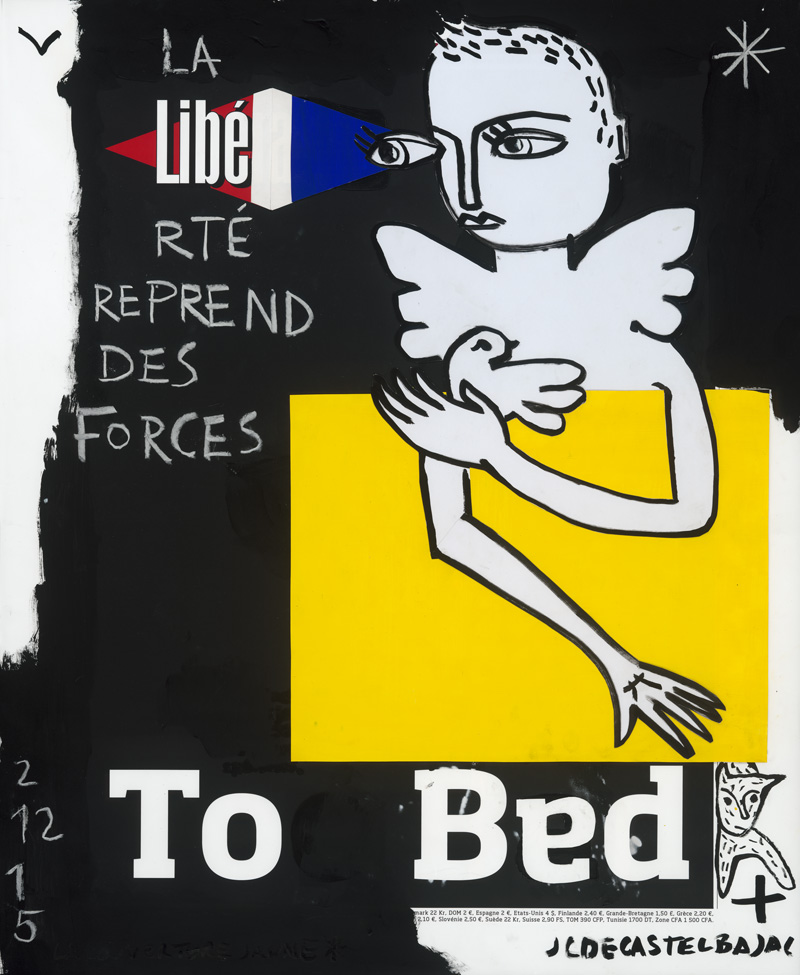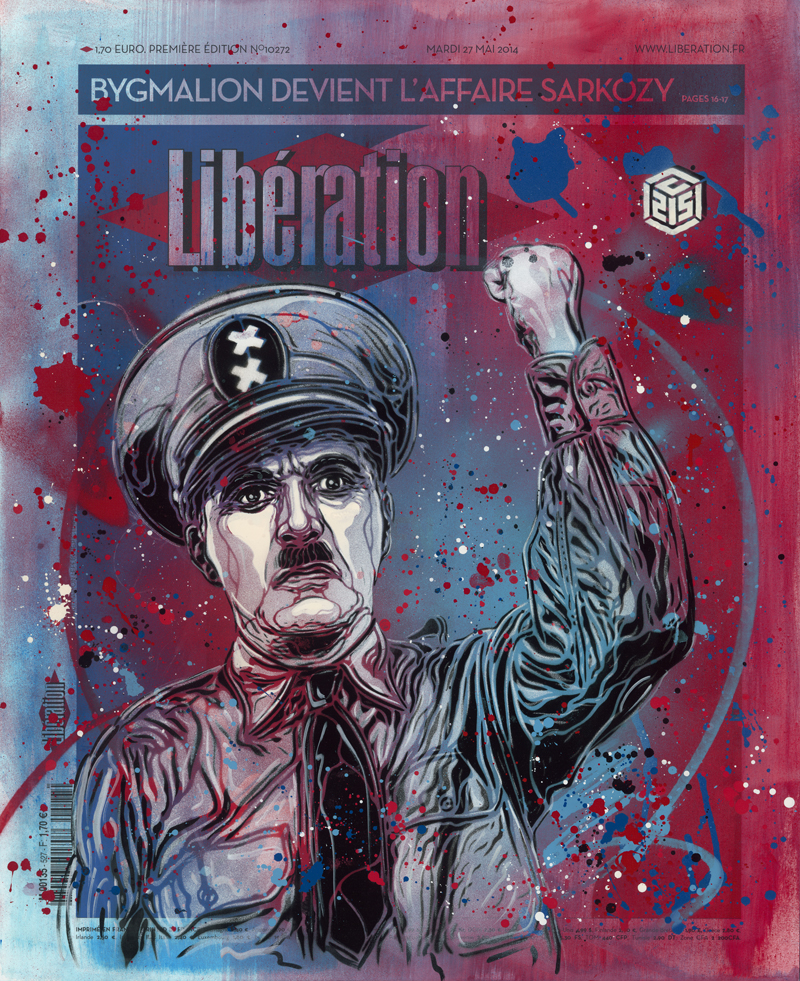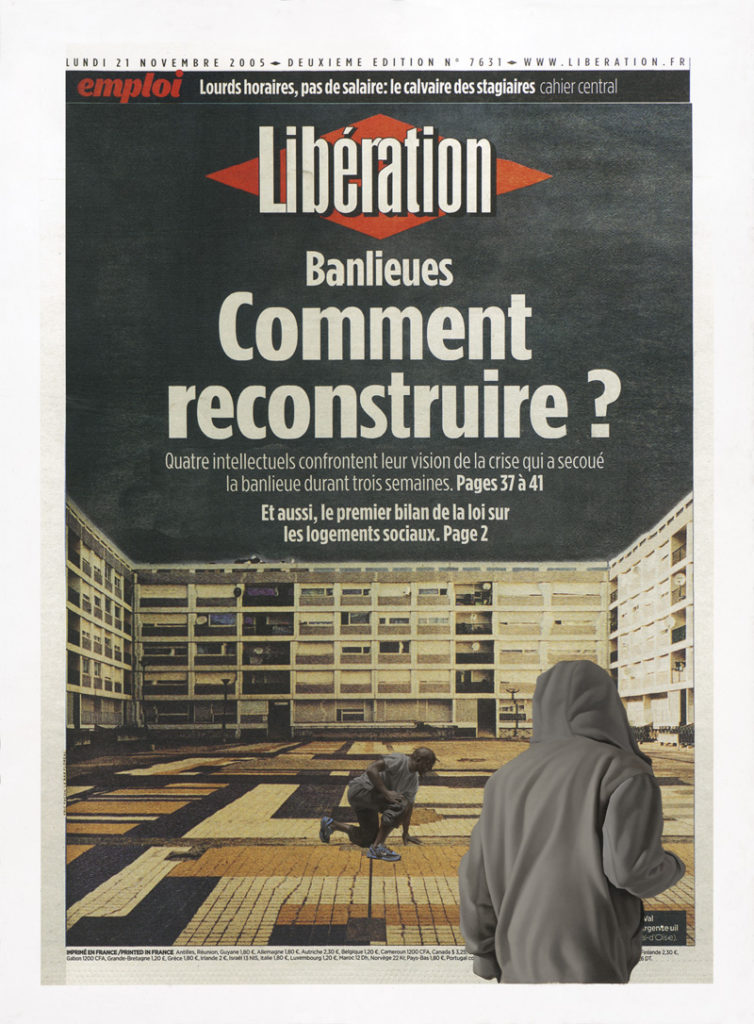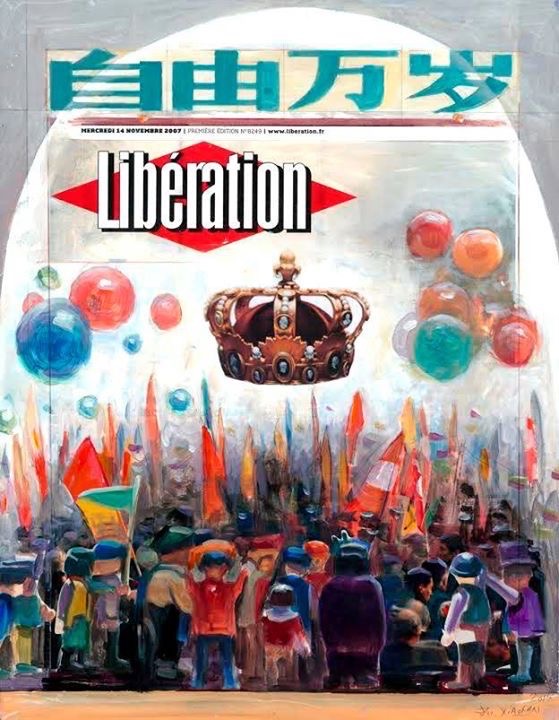
Collage and oil painting on paper print 210g
H.72 x W.55,5 cm
H.89,5 x W.76 cm (with frame)
Bio
1954 Born in Nanjing (Jiangsu province), in the heart of a family from the former Chinese intellectual bourgeoisie.
Early 1970s As a result of the Cultural Revolution launched by Mao, Xiao Fan Ru, then an art student, was sent to work in a small sewing factory. He will spend several years there.
1983 Helped by a diplomat, a French student and a correspondent from the Monde in China, who became his friends, he managed to leave China for Paris.
1986 He graduated from the Beaux-Arts de Paris with a diploma.
1999/2001 He paints Cent fleurs, a series of one hundred oils on canvas, which he shows during a first important personal exhibition in 1999 in Saint-Gaudens (DRAC Midi-Pyrénées).
2004 He presents in Paris (RX gallery) and New York (White Box) the first paintings of his Bubble Game series, still lifes inspired by the materialism of 21st century China.
Vive la liberté (Long live freedom)
By Xiofan Ru (1954, China)
"I decided to revisit this front page by working on theatricality. It's a way of revealing the dramaturgy of this moving crowd. The theater, both Chinese and Western, has always been a great source of inspiration for me. It highlights the powerlessness that characterizes our lives, the spectator dimension of our lives. In Chinese theater, life is perceived as the simple act of a play. As something that passes, inevitably, and does not last. I am sensitive to this idea. For this work, I am calling for a Playmobil figurine, which I represent in several paintings of a series in progress. This scale model gives distance, allows you to look further away, with hindsight. And Playmobil is a real support for theater... When my children play it, they imagine characters and tell each other stories that I don't understand. The other reference that comes to mind when directing my latest works is a quote from the writer Milan Kundera. I don't remember the exact wording, but the author says something like : " When he watches humans think, God laughs ”. There is a bit of that in my talk. Finally, as an artist, I stand between the child playing Playmobil and the God of Kundera, who laughs at the violence of men. My favorite theme here again is power, symbolized by the crown. This apparently anachronistic object, however, speaks of the rather monarchical functioning of today's democratic societies, corrupted by money. Power is everywhere. Even in art. The market decrees that art must be this, that it must be that. Made to emancipate, art also conveys a violent struggle for power. Of course, this theme does not come out of nowhere. It permeates me since my youth, in China, at the time of the Cultural Revolution. A time during which the smallest details of our daily life were under influence, under control. Like this shadow that often hovers over my canvases, and that I still feel on me today. »


